Mission type Technology COSPAR ID 2011-058D Mission duration 12 months (planned) Launch date 12 October 2011 Speed on orbit 7.42 km/s Inclination 20° | Operator SRM University Website www.teamsrmsat.in Launch mass 10 kilograms (22 lb) Orbit height 867 km Inclination 20° Cost 15 million INR | |
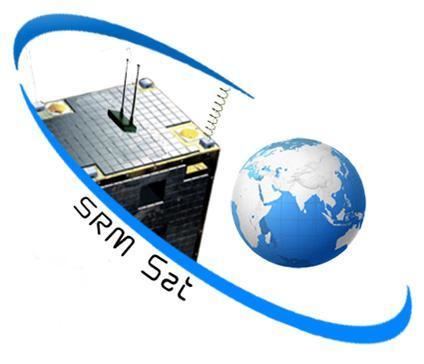 | ||
Similar Jugnu, Megha‑Tropiques, AubieSat‑1, GSAT‑12, StudSat | ||
Srmsat ground station
SRMSAT is a Nanosatellite built by students at Sri Ramaswamy Memorial University(SRM University,Chennai) in India. The satellite is an Indian Technology demonstration and Earth observation satellite which is operated by the SRM University. This nanosatellite was used to monitor Greenhouse gases in atmosphere.
Contents
- Srmsat ground station
- Microsatellite satellite srmsat cw signal 2012 09 30
- Specifications
- Launch
- Parameters
- References
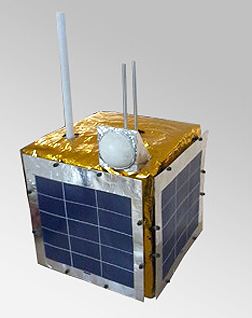
SRMSAT's primary mission was the development of a nanosatellite platform for future missions. Its secondary mission was monitoring of greenhouse gasses using an Argus Spectrometer.
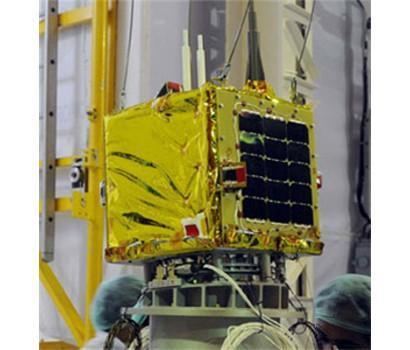
Microsatellite satellite srmsat cw signal 2012 09 30
Specifications
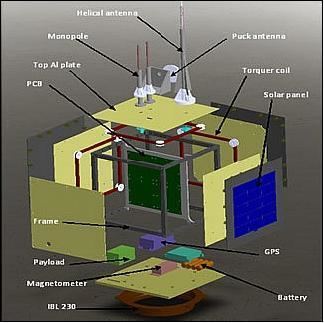
Launch
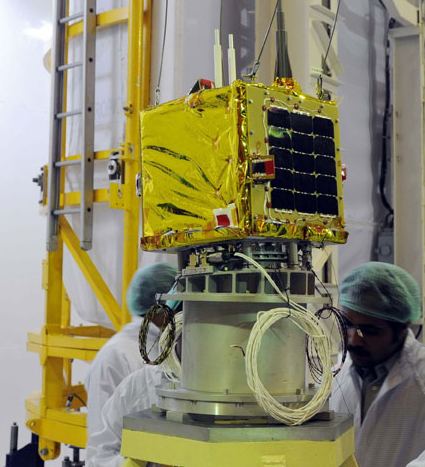
It was launched from the Indian Space Research Organisation (ISRO)'s Satish Dhawan Space Centre at Sriharikota in October 2011. atop a Polar Satellite Launch Vehicle (PSLV) C18 rocket. The launch was a multi-payload mission shared with Megha-Tropiques, VesselSat-1 and Jugnu.
Parameters
SRMSAT is controlled by a 28.8 MHz Atmel microcontroller. Communication is via Ultra high frequency (UHF), with a downlink at 437.5 MHz providing a data rate of 2.4 kbit/s and an uplink at 145.9 MHz with a 1 kbit/s data rate. Attitude control is via solar cell management system (SCDM), an on-board magnetometer and Global Positioning System (GPS) receiver that provide data for magnetorquer coils which interact with the Earth's magnetosphere to change the satellite's orientation.
